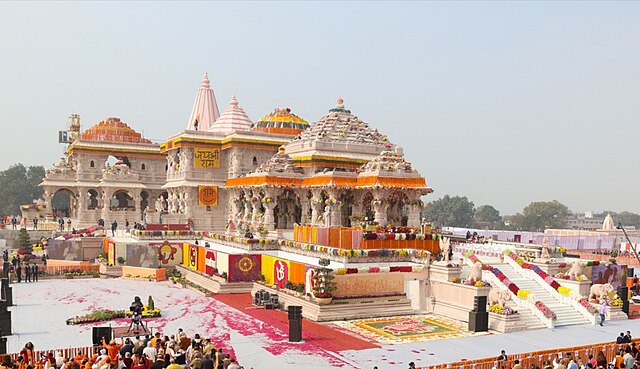The Ram Mandir in Ayodhya stands as one of India’s most photographed and spiritually significant temples, drawing millions of devotees and photography enthusiasts from around the world. Whether you’re seeking inspiration, spiritual connection, or simply admiring architectural beauty, Ram Mandir photos offer a window into India’s rich cultural heritage and divine craftsmanship.
The Significance of Ram Mandir in Hindu Culture
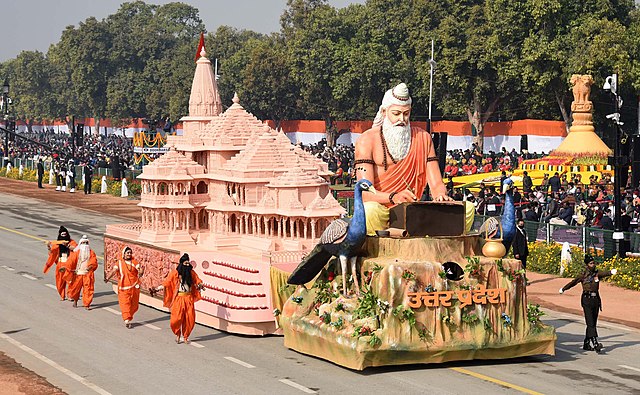
Ram Mandir isn’t just another temple – it’s the spiritual heart of millions of Hindus worldwide. Located in Ayodhya, Uttar Pradesh, this magnificent structure represents the culmination of centuries of devotion, struggle, and architectural excellence.
Historical Journey to the Temple’s Construction
The journey to Ram Mandir’s construction spans decades of legal battles, cultural movements, and unwavering faith. After years of anticipation, the temple’s foundation was laid in 2020, marking a historic moment that resonated across India and the global Hindu community.
Photos from the construction phase tell a story of dedication – from the initial groundbreaking ceremony to the intricate stone-laying process. Each image captures not just architectural progress but the emotional journey of millions who witnessed their dreams taking shape.
Spiritual Importance of Lord Ram
Lord Ram, the seventh avatar of Vishnu, represents the ideal of dharma (righteousness) in Hindu philosophy. The temple dedicated to Him in His birthplace carries immense spiritual weight. When you look at Ram Mandir photos, you’re not just seeing a building – you’re witnessing the physical manifestation of devotion that has sustained Hindu culture for millennia.
The spiritual energy captured in these photos often moves viewers to tears. There’s something profoundly moving about seeing the place where millions believe their beloved deity was born, now honored with such magnificent architecture.
Architectural Marvel: What Makes Ram Mandir Photos So Captivating
Every Ram Mandir photo tells a story of exceptional craftsmanship and spiritual devotion. The temple’s architecture follows ancient Indian principles while incorporating modern construction techniques, creating a visual feast that photographers and devotees alike find irresistible.
Traditional Nagara Style Architecture
The temple follows the traditional Nagara architectural style, characterized by its towering spires (shikharas) and intricate geometric patterns. This ancient style, dating back over a thousand years, creates dramatic silhouettes that look stunning in photographs, especially during sunrise and sunset.
The main shikhara rises majestically against the sky, creating opportunities for breathtaking shots that capture both earthly craftsmanship and divine aspiration. The proportions follow sacred geometry principles, making every angle photogenic and spiritually significant.
Intricate Carvings and Sculptures
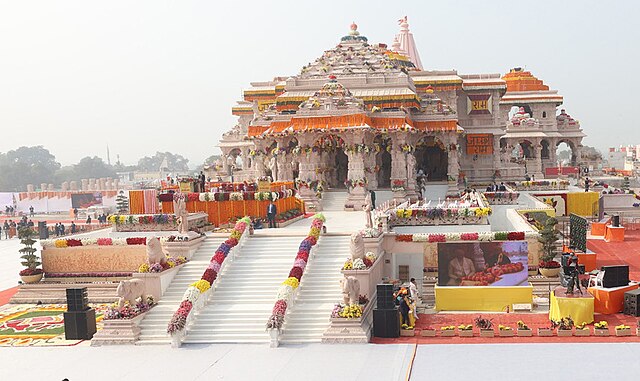
Stone Work and Craftsmanship
The temple’s stone work represents some of the finest craftsmanship in contemporary Indian architecture. Master sculptors from Rajasthan have created intricate carvings that tell stories from the Ramayana through visual art. Close-up photos of these carvings reveal incredible detail – every leaf, every expression on the faces of carved figures, every decorative motif has been crafted with precision that takes your breath away.
The pink sandstone used in construction photographs beautifully, changing color throughout the day as natural light shifts. Morning photos show warm, golden tones, while evening shots reveal deeper, more mystical hues.
Sacred Symbols and Motifs
Ram Mandir photos often focus on the sacred symbols carved throughout the temple. From lotus motifs representing purity to intricate geometric patterns symbolizing cosmic order, each element has deep spiritual meaning. These symbols create compelling photographic subjects, especially for macro photography enthusiasts.
Best Ram Mandir Photo Opportunities
Timing is everything when it comes to capturing stunning Ram Mandir photos. The temple’s beauty transforms throughout the day and across different seasons, offering diverse photographic opportunities.
Golden Hour Photography
The golden hour – that magical time just after sunrise and before sunset – transforms Ram Mandir into a photographer’s paradise. The warm, soft light enhances the pink sandstone’s natural beauty, creating images that seem to glow with inner light.
During these times, the temple’s spires cast dramatic shadows while the carved details become highlighted with golden edges. It’s no wonder that some of the most viral Ram Mandir photos are captured during these precious moments when earthly light seems to touch the divine.
Festival Celebrations and Special Occasions
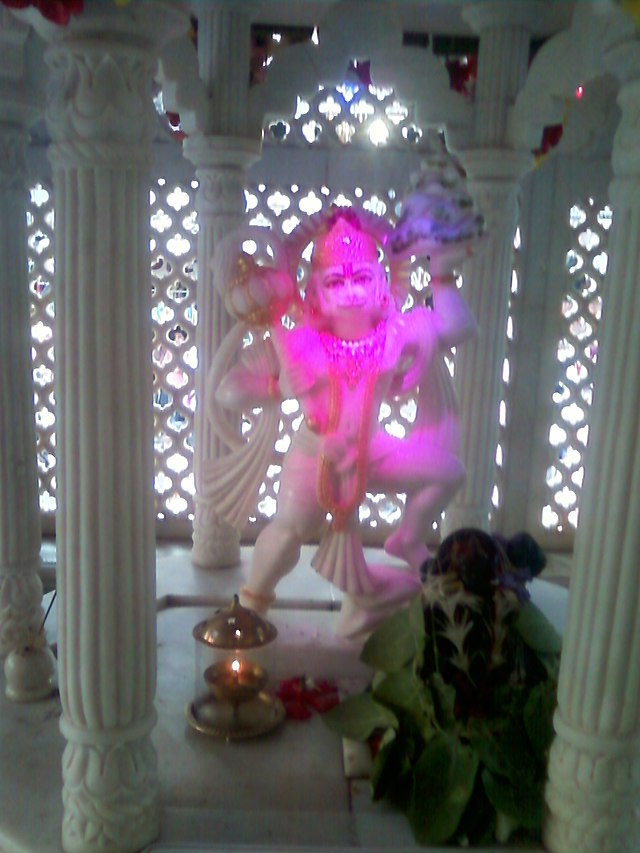
Diwali Illuminations
Diwali transforms Ram Mandir into a breathtaking spectacle of lights. Photos taken during this festival show the temple adorned with thousands of diyas (oil lamps) and decorative lights, creating a scene that looks almost otherworldly. The contrast between the ancient architecture and the warm glow of traditional lamps creates incredibly moving images.
These Diwali photos often go viral on social media, not just for their beauty but for the emotion they evoke – the celebration of light over darkness, good over evil, embodied in the very place where Lord Ram was born.
Ram Navami, celebrating Lord Ram’s birth, brings special energy to the temple. Photos from this festival capture colorful decorations, processions, and the joy of thousands of devotees. The temple becomes a living, breathing celebration of faith, and photos from this time capture that dynamic spiritual energy.
Popular Ram Mandir Photo Categories
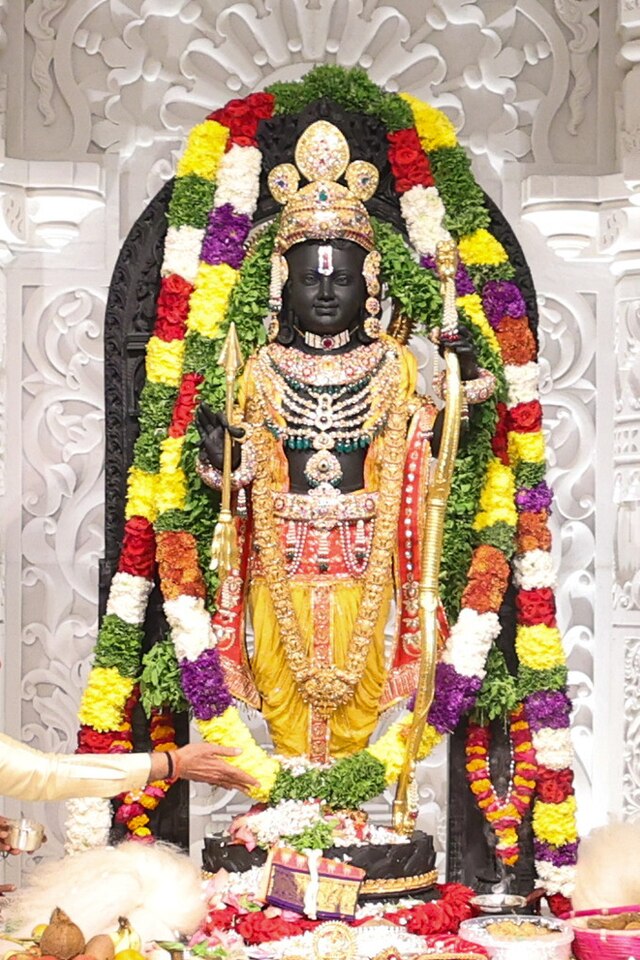
Different types of Ram Mandir photos serve different purposes and appeal to various audiences. Understanding these categories helps both photographers and viewers appreciate the diverse ways this sacred space can be captured.
Exterior Architecture Shots
Wide-angle shots of Ram Mandir’s exterior showcase its grandeur against the Ayodhya skyline. These photos often feature the temple’s multiple spires, the grand entrance, and the surrounding landscape. They’re perfect for showing the temple’s scale and its integration with the holy city of Ayodhya.
Drone photography has revolutionized how we see Ram Mandir, offering bird’s-eye views that reveal the temple’s complex layout and its relationship with surrounding structures. These aerial photos provide perspectives that ground-level photography simply cannot match.
Interior Devotional Images
Interior photos capture the spiritual heart of Ram Mandir. These images show the sanctum sanctorum, the beautiful idol arrangements, and the intimate spaces where devotees come to pray. The soft lighting inside creates a mystical atmosphere that photographs beautifully, especially when capturing the play of light and shadow.
These interior shots often focus on the devotional aspects – the decorative elements, the altar arrangements, and the sacred flames that burn continuously. They capture the essence of what makes this space so special to millions of devotees.
Devotee Experience Photos
Perhaps the most moving Ram Mandir photos are those that capture human emotion and devotion. These images show pilgrims in prayer, families sharing spiritual moments, and the pure joy on faces of those who have traveled great distances to visit this sacred place.
These photos remind us that Ram Mandir isn’t just an architectural marvel – it’s a living space of worship that continues to fulfill its spiritual purpose for countless devotees.
How to Capture Stunning Ram Mandir Photos
Creating compelling Ram Mandir photos requires more than just pointing and shooting. Understanding the technical aspects of photography while respecting the sacred nature of the space is crucial.
Photography Tips and Techniques
Camera Settings and Equipment
For architectural photography of Ram Mandir, a wide-angle lens helps capture the temple’s grandeur. However, don’t forget to bring a telephoto lens for detailed shots of the intricate carvings and sculptures. The temple’s size means you’ll need various focal lengths to tell the complete visual story.
Consider the lighting conditions carefully. The temple’s interior may be dimly lit, requiring higher ISO settings or a tripod for sharp images. For exterior shots, polarizing filters can help manage reflections and enhance the contrast between the temple and the sky.
Composition Guidelines
When composing Ram Mandir photos, remember the rule of thirds, but also consider the spiritual significance of symmetry in Hindu architecture. The temple’s design is inherently balanced, and centering your composition can create powerful, meditative images.
Look for leading lines created by the temple’s architectural elements – steps, pillars, and decorative borders all draw the eye toward focal points. These elements help create depth and guide viewers through your photographs.
Sharing Ram Mandir Photos: Cultural Sensitivity and Respect

With great photographic opportunity comes great responsibility. Sharing Ram Mandir photos requires understanding and respecting the cultural and religious significance of what you’re capturing.
Guidelines for Social Media Sharing
When sharing Ram Mandir photos on social media, consider adding context that helps viewers understand the spiritual and cultural significance of what they’re seeing. A brief explanation of the temple’s importance or the meaning behind specific architectural elements can transform a simple photo into an educational experience.
Use respectful hashtags and avoid sensationalizing your images. The goal should be to share the beauty and significance of this sacred space while maintaining the dignity it deserves.
Respecting Religious Sentiments
Remember that Ram Mandir is first and foremost a place of worship. When photographing or sharing images, be mindful of religious sentiments and avoid anything that might be considered disrespectful. This includes being aware of appropriate dress codes, photography restrictions in certain areas, and the general atmosphere of reverence that should be maintained.
Where to Find High-Quality Ram Mandir Photos
For those seeking professional-quality Ram Mandir photos for educational, devotional, or artistic purposes, several sources offer authentic, high-resolution images.
Official Temple Sources
The temple trust and official Ayodhya tourism boards often release high-quality photos that accurately represent the temple’s beauty while maintaining appropriate cultural context. These sources are ideal for those seeking authentic images for educational or devotional purposes.
Photography Communities and Platforms
Several online photography communities specialize in architectural and cultural photography. These platforms often feature stunning Ram Mandir photos taken by professional photographers who understand both the technical and cultural aspects of capturing this sacred space.
The Digital Impact of Ram Mandir Photos
In our digital age, Ram Mandir photos have become powerful tools for cultural connection and spiritual inspiration.
Social Media Engagement
Ram Mandir photos consistently generate high engagement on social media platforms, reflecting the deep emotional connection millions feel toward this sacred space. These images serve as digital pilgrimage experiences for those who cannot visit in person.
The viral nature of particularly stunning Ram Mandir photos helps spread awareness of Indian culture and Hindu spirituality to global audiences, fostering cross-cultural understanding and appreciation.
Cultural Preservation Through Photography
Photography plays a crucial role in preserving and documenting Ram Mandir for future generations. These images capture not just the physical structure but the cultural moment – the emotions, the celebrations, and the spiritual significance that makes this temple so special.
High-quality documentation through photography ensures that the beauty and significance of Ram Mandir will be preserved for future generations, regardless of how the physical structure may change over time.
Conclusion
Ram Mandir photos offer more than just visual beauty – they provide a connection to India’s spiritual heritage, architectural excellence, and the enduring power of faith. Whether you’re a professional photographer, a devotee, or someone simply appreciating beautiful architecture, these images capture something profound about human devotion and artistic achievement.
The temple stands as a testament to what can be accomplished when faith, skill, and dedication unite. Every Ram Mandir photo tells part of this larger story – of a community’s perseverance, of master craftsmen’s skill, and of a spiritual tradition that continues to inspire millions.
As you view or capture Ram Mandir photos, remember that you’re participating in a form of digital pilgrimage, sharing in the wonder and reverence that this sacred space inspires. These images serve as bridges between the physical and spiritual worlds, allowing the temple’s beauty and significance to reach hearts and minds across the globe.
Frequently Asked Questions
1. What is the best time to visit Ram Mandir for photography?
The best times for Ram Mandir photography are during the golden hours – early morning (6-8 AM) and late afternoon (4-6 PM). These times offer the most flattering natural light for architectural photography, and the temple is often less crowded, allowing for better shooting conditions.
2. Are there any photography restrictions inside Ram Mandir?
Yes, there are specific areas within the temple where photography may be restricted, particularly in the inner sanctum and during certain religious ceremonies. Always check with temple authorities and respect any posted guidelines. Flash photography is generally discouraged in devotional areas.
3. What camera equipment is recommended for Ram Mandir photography?
A DSLR or mirrorless camera with both wide-angle (14-24mm) and telephoto lenses (70-200mm) is ideal. A sturdy tripod is essential for low-light interior shots and long exposures. Consider bringing lens filters, extra batteries, and memory cards for extended shooting sessions.
4. How can I respectfully photograph devotees at Ram Mandir?
Always ask permission before photographing individuals, especially during prayer or meditation. Maintain a respectful distance, avoid using flash, and be mindful of personal space. Focus on capturing the overall atmosphere rather than intrusive close-ups of private devotional moments.
5. Where can I find authentic Ram Mandir photos for educational or personal use?
Official sources include the Ram Janmabhoomi Teerth Kshetra Trust website, Uttar Pradesh Tourism Department, and authorized photography exhibitions. For personal use, consider visiting photography communities that specialize in cultural and architectural photography, always ensuring proper attribution and respect for copyrights.

